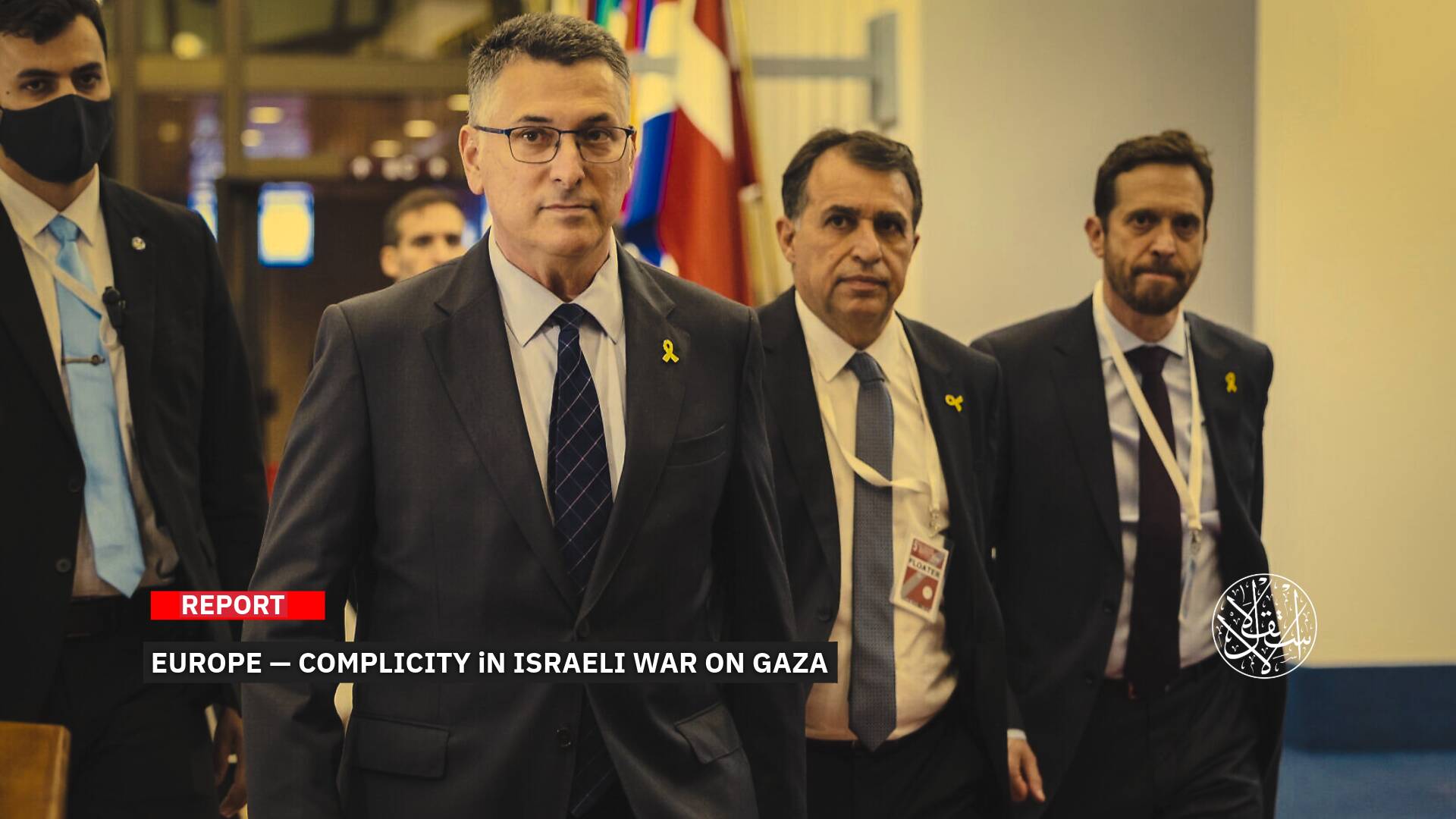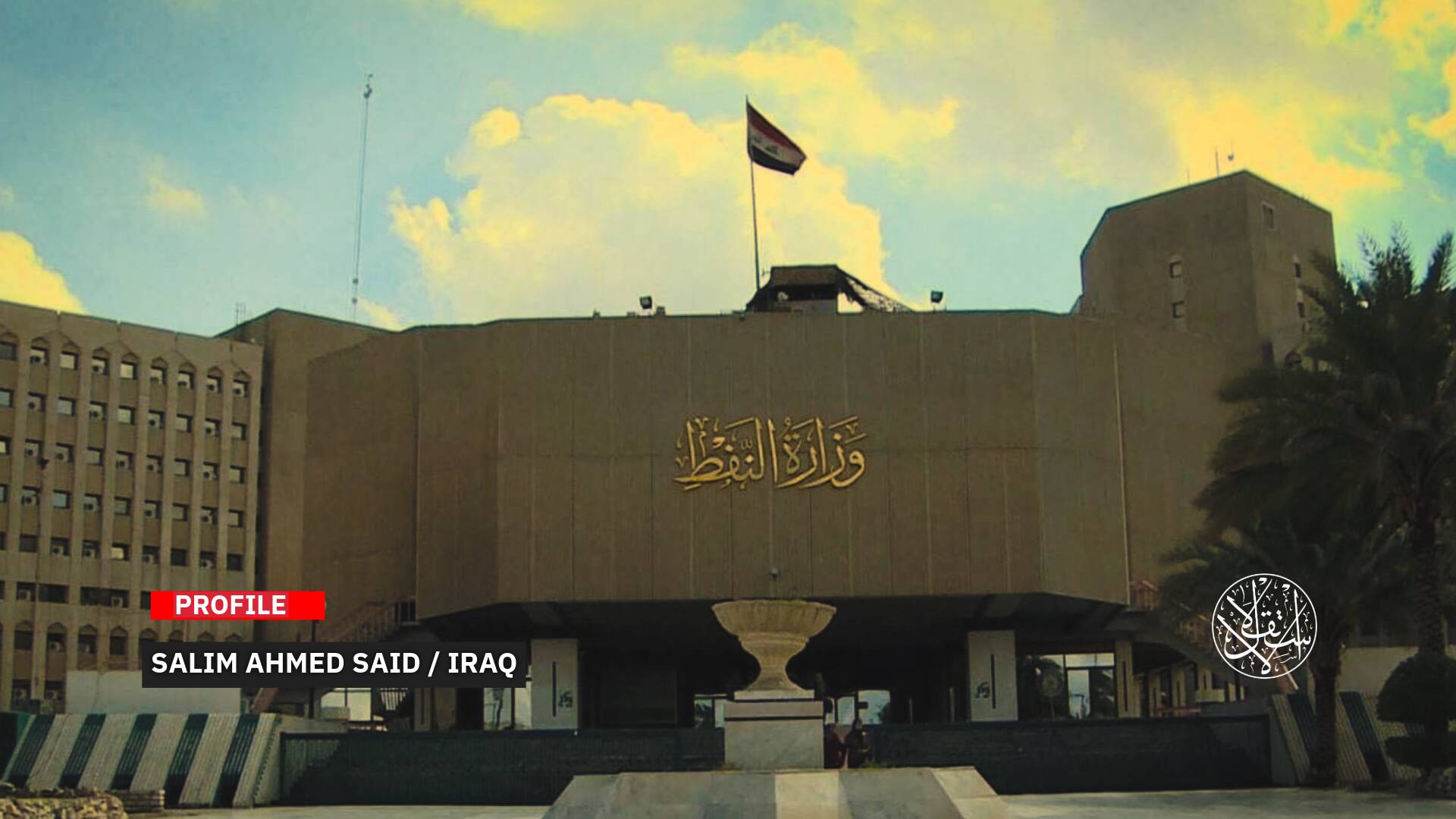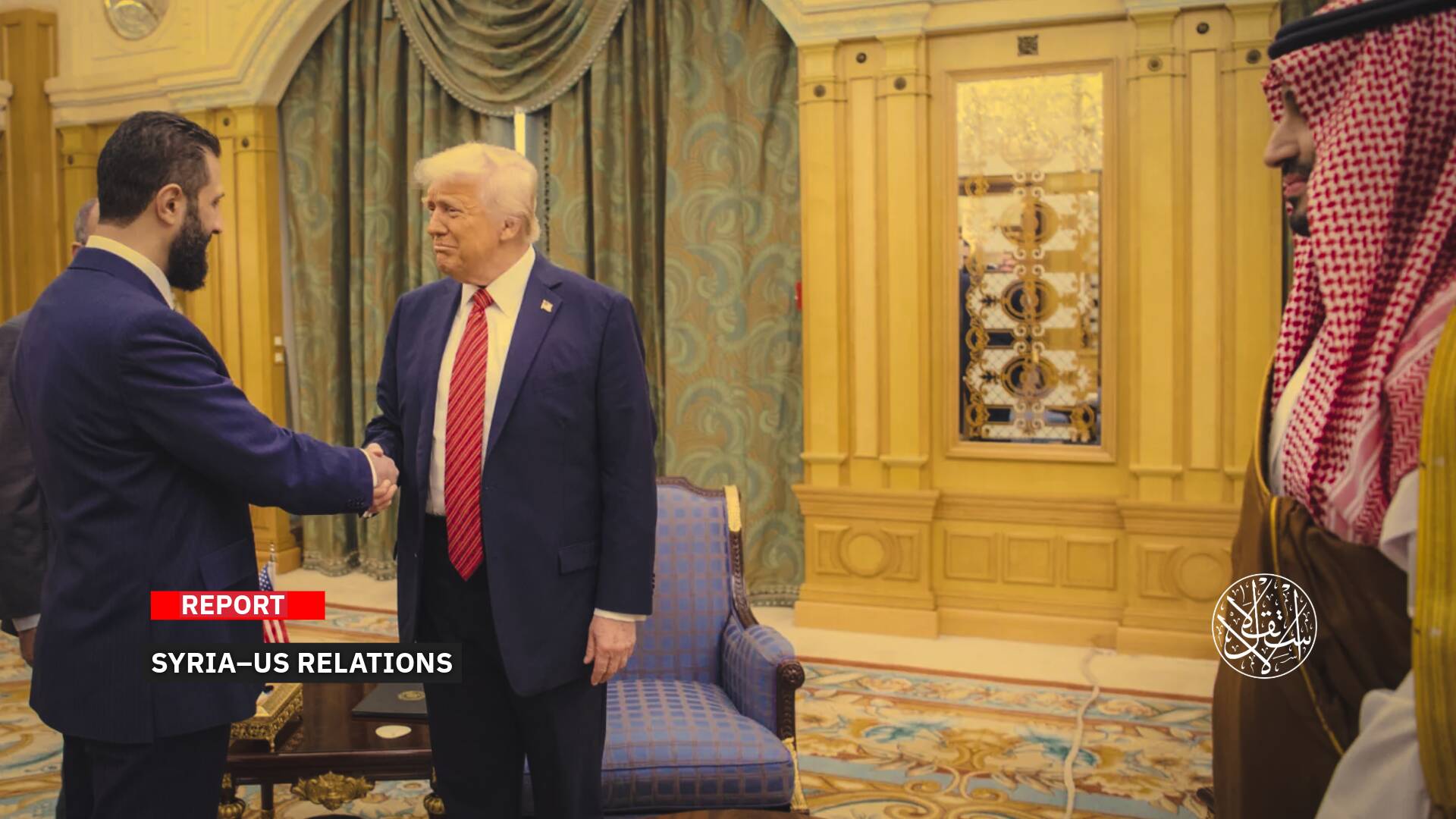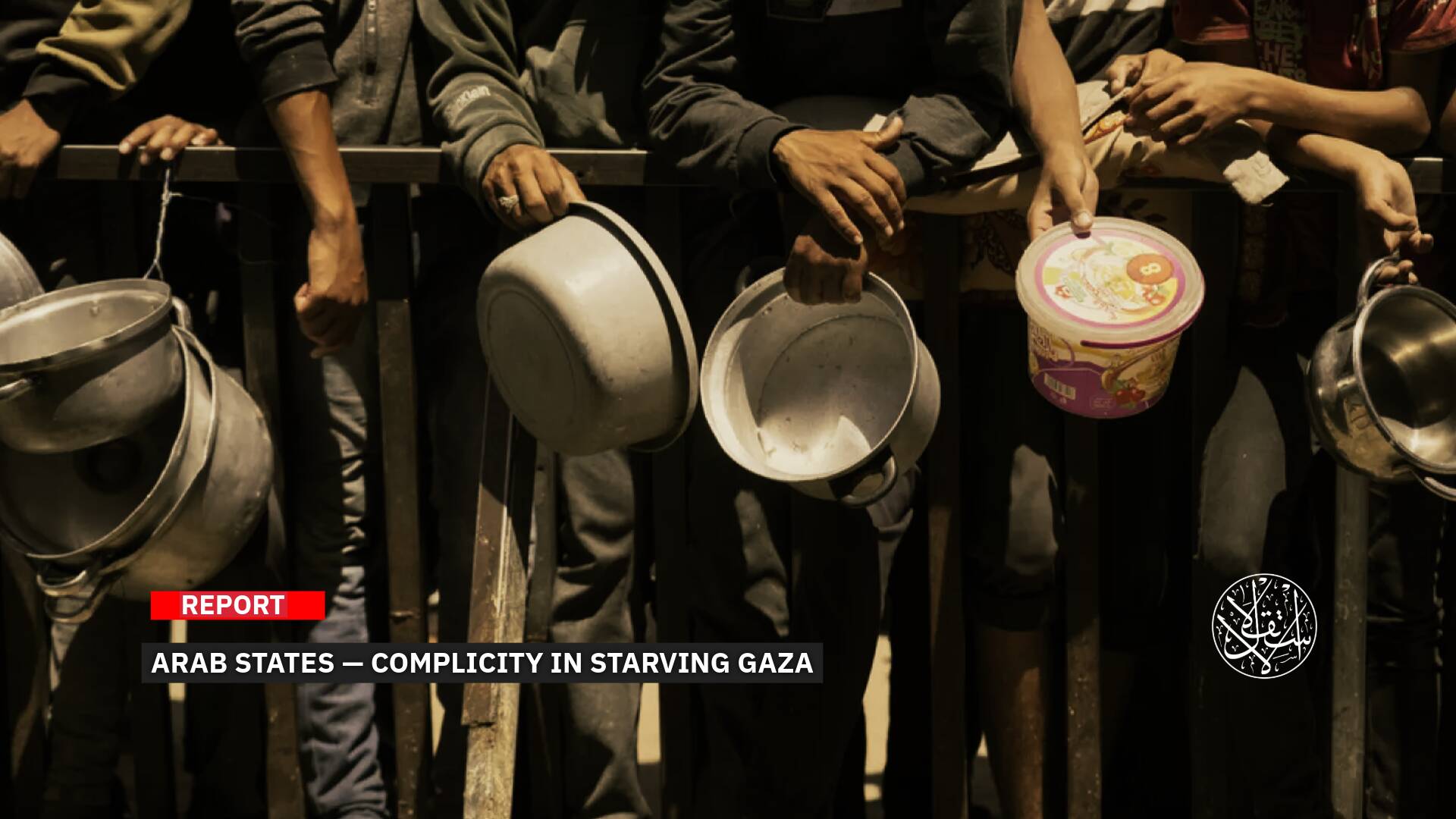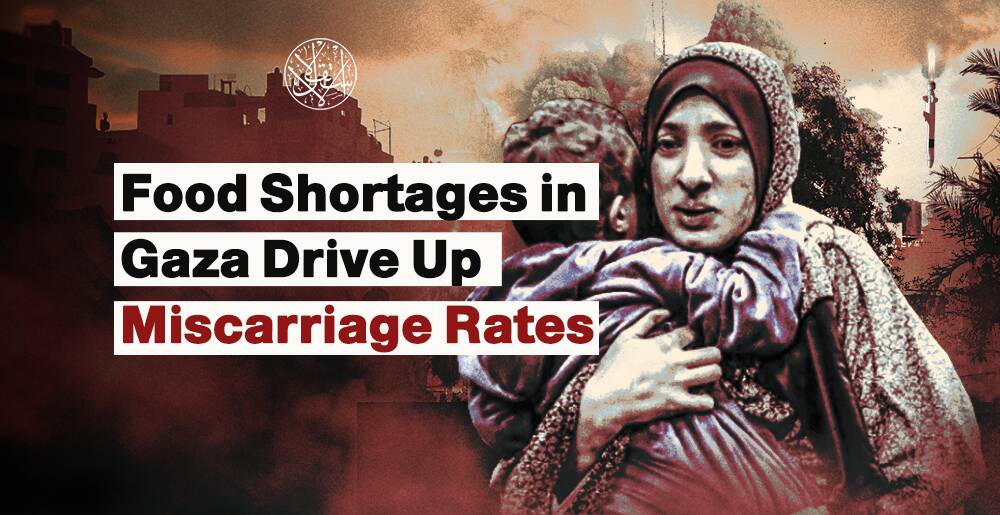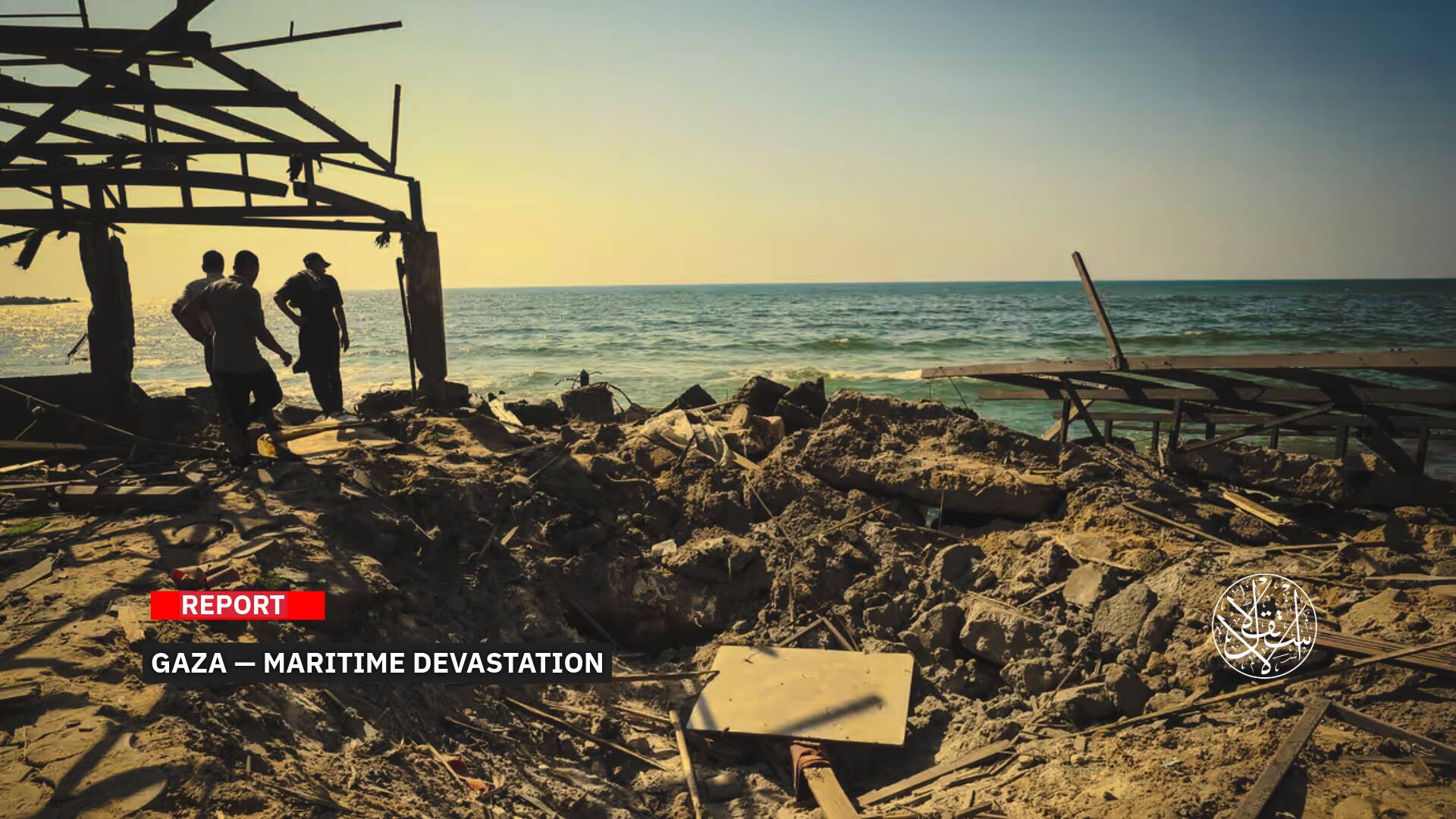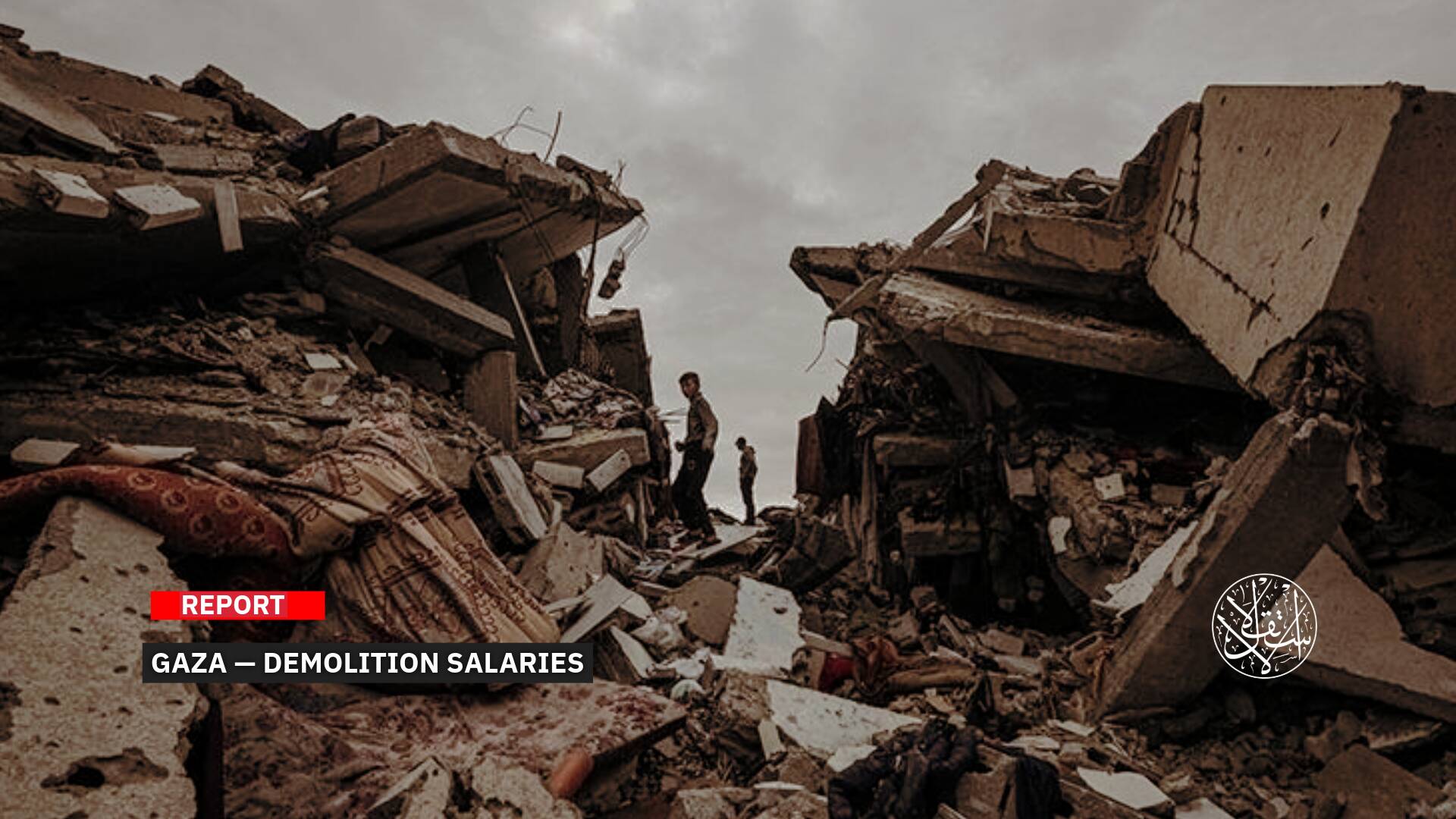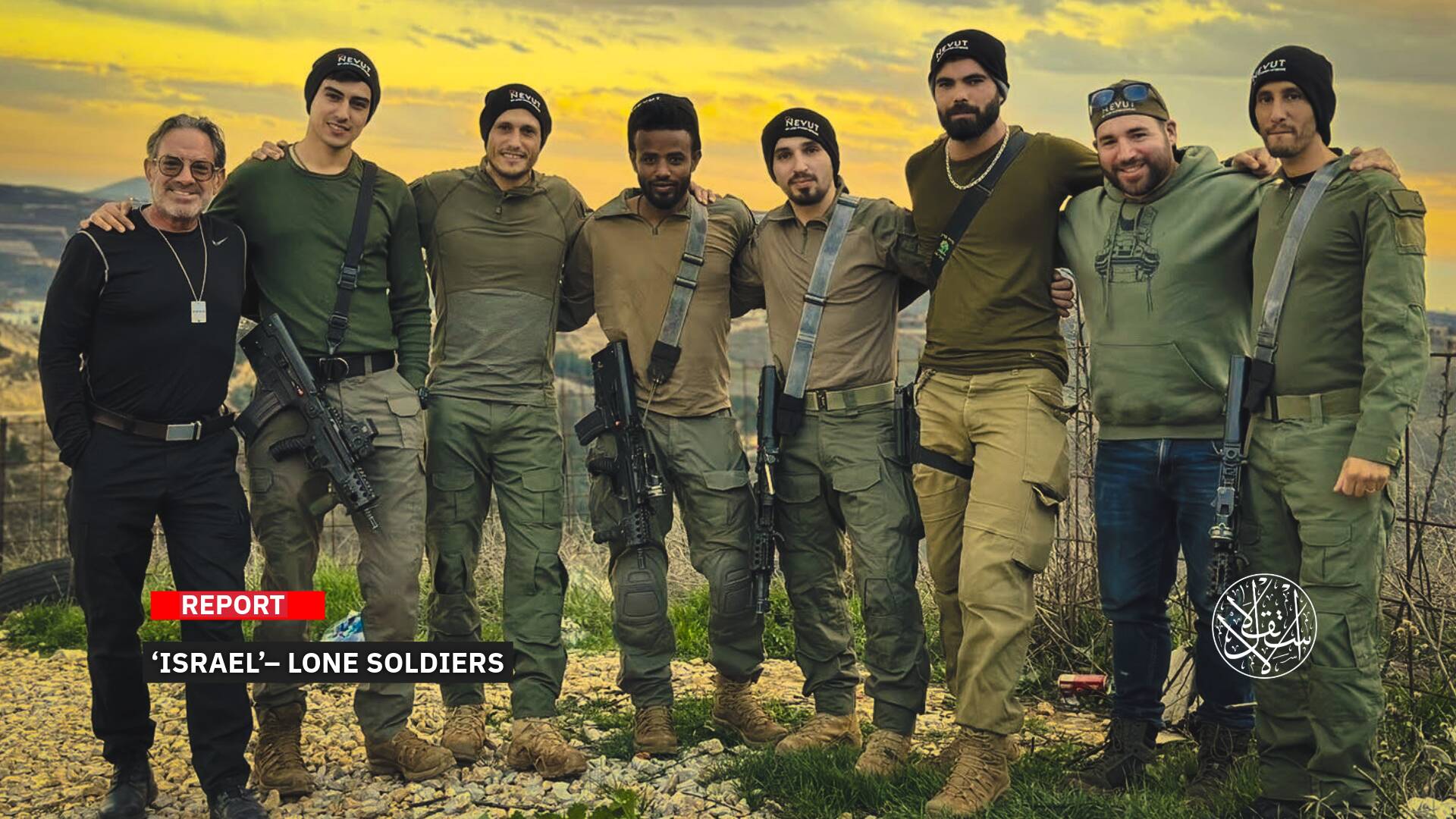Do American Bases in Syria Suffer From Air Protection Against the Drone War?

The Syrian arena has witnessed a new wave of clashes between Iranian militias and U.S. forces stationed in the northeast of the country. As part of an open war titled Drone War, the Iranian Revolutionary Guard once again targeted the U.S.-led coalition bases in the area.
New Clashes
A drone attack on a maintenance facility at a U.S.-led international coalition base near al-Hasakah in northeastern Syria on March 23, 2023, attributed to Iran, led to the death of two U.S. contractors and the injury of five American soldiers.
The following day, Iranian-backed militia sites in eastern Deir ez-Zor were targeted by U.S. airstrikes, resulting in the death of 19 Iranian-backed militants. These included 11 Syrians, three from the Syrian regime’s forces, and five non-Syrian members of the Iranian militias, in addition to a large number of wounded, some of whom were in critical condition.
Pat Ryder, the Pentagon press secretary, said at a news briefing on Friday that the U.S. forces carried out two strikes using an F-15E fighter jet, targeting two facilities belonging to the Iranian Revolutionary Guard near Deir ez-Zor in eastern Syria. Ryder pointed out that “we do not seek conflict with Iran. We don’t seek escalation with Iran. But the strikes that we took last night were intended to send a very clear message that we will take the protection of our personnel seriously, and that we will respond quickly and decisively if they are threatened.”
The day after the U.S. military carried out airstrikes in Syria, U.S. President Joe Biden, during a joint press conference with Canadian Prime Minister Justin Trudeau in Ottawa on February 25, 2023, also announced that the United States is not seeking a conflict with Iran, but it is prepared to act strongly to protect its people.
Al-Ghaliboun Brigade (Brigade of the Victors), a faction affiliated with the Iranian Revolutionary Guard, claimed responsibility for the attack on the U.S. base in a statement posted on its official Telegram account on March 26.
لواء الغالبون الوهمي ينشر صور اطلاق مسيرة (التسمية الإيرانية ابابيل ٢، والحوثية قاصف) على القواعد الأمريكية شرقي سوريا في 24 مارس الجاري.
— ضياء قدور dyaa kaddoor (@dyaakaddoor) March 26, 2023
لا تختلف نوعية السلاح المستخدم في استهداف الوارثون الوهمي في يناير 2023.
مسيرة انتحارية ذات بصمة رادارية أقل. https://t.co/1O3zB9W2R9 pic.twitter.com/PbdOyzKjAt
The spokesman for the Iranian Supreme National Security Council, Keyvan Khosravi, has promised a “decisive response” to what he called any justification for targeting bases established at the request of the Syrian government, according to the Iranian news agency, Nour News.
The Iranian Advisory Center in Syria also issued a statement, reported by Nour News, saying that Tehran has a “long arm” and the ability to respond if its centers and forces are targeted.
The statement claimed that the targets attacked by the U.S. army were civilian points in Deir ez-Zor, consisting of food stores and service centers.
These statements by Khosravi are the first of their kind to acknowledge the presence of Iranian military bases in Syria after Iranian officials had previously insisted that Iran’s presence in Syria was limited to “military advisers” only.
In response, the spokesman for the Iranian Foreign Ministry, Nasser Kanaani, described the U.S. strike as “an aggressive and terrorist attack.”
In a statement published on March 26, he said, “America’s claim to be present in Syria to fight the Islamic State is just an excuse to continue occupying and plundering the country’s national wealth, including energy sources and grain.
Hot Battlefield
It is noteworthy that American militias launched an attack on U.S. bases in northeastern Syria following the U.S. strike, focusing on the al-Omar oil field base east of Deir ez-Zor, the largest base for U.S. forces in eastern Syria, as well as on the Conoco gas field, which was hit by 15 rockets.
U.S. forces are stationed in about 26 military bases and points in northeastern Syria, with a number of those bases located in the al-Omar, Rmelan, and Conoco oil fields.

On March 22, 2023, Iranian planes conducted a bombing raid while unidentified drones attacked three trucks belonging to Iranian militias as they entered the city of al-Bukamal in the eastern countryside of Deir ez-Zor.
According to Anadolu Agency, the drones bombed the trucks after they arrived at the Imam Ali base south of al-Bukamal, which is affiliated with an Iranian militia.
Rocket attacks and drone strikes continue to target the al-Omar oil field in the eastern countryside of Deir ez-Zor, as well as military bases of U.S. forces in the al-Hasakah countryside.
Washington accuses Iranian militias of being behind these attacks, especially since they are located just a few kilometers from the al-Omar oil field in towns on the opposite bank of the Euphrates River, which the Syrian regime regained control of at the end of 2017 after battles with ISIS.
The eastern regions of Syria near the Iraqi border are an official rear courtyard for the Iranian Revolutionary Guard, and Iranian militias are spread along the right bank of the Euphrates River to Deir ez-Zor province, locally known as Ash Shanin.
This bank stretches from the city of Deir ez-Zor, the center of the province, to the border city of al-Bukamal with Iraq.

Al-Bukamal is the largest stronghold of a diverse mix of foreign militias brought in by Tehran to fight alongside the Syrian regime since 2012 to crush the popular uprising against President Bashar al-Assad that erupted in March 2011.
Across cities and villages on the right bank of the Euphrates River, the Iranian Revolutionary Guard has been able to recruit local militias to its side, dividing them into military sectors with small battalions, each overseen by one Revolutionary Guard officer.
Local sources estimate that the number of foreign Iranian-backed militias, including Iraqis, Pakistanis, Afghans, Iranians, and Lebanese, in the Deir ez-Zor province alone is around 6,000, while the number of local Syrian elements is about 15,000.
These are among the one hundred thousand fighters that Iran possesses in the entire Syrian territory, which have been organized since its military intervention in 2012.
Technical Fault
Meanwhile, the U.S.-backed Syrian Democratic Forces (SDF) control the villages and towns on the left bank of the oil-rich Euphrates River, extending from the al-Baghuz area in Deir ez-Zor, on the Iraqi border, to al-Hasakah province on the Syrian-Iraqi-Turkish border in northern Syria.
The SDF controls 90% of the oil fields and 45% of the gas production in Syria, and all of these fields have special U.S. forces stationed to protect them as part of former President Donald Trump’s strategy for the presence of U.S. forces in Syria.
Given the repeated mutual targeting between American and Iranian forces, the biggest military question here is whether U.S. bases in Syria suffer from a weakness in air defenses to deter such drone attacks.

After the new Iranian attack, U.S. officials revealed vulnerabilities in the air defense system of the Washington-led international coalition base in Syria, which was targeted by drones.
According to unnamed U.S. officials cited by the New York Times, the air defense system was not functioning at full capacity.
The officials noted that it was unclear whether the attackers had intentionally exploited the vulnerabilities or if the attack happened coincidentally while there were maintenance issues with the defense system.
The U.S. forces in northeastern Syria were on high alert due to 78 attacks by Iranian-backed groups on U.S. sites since January 2021.
However, the Avenger missile air defense system at the RLZ base in the outskirts of al-Hasakah may have experienced maintenance problems at the time of the attack, according to one of the officials.
The base has other defense systems, but they are not fully secure. The United States justifies its military presence in Syria by fighting against the Islamic State.
Colonel Myles Caggins, the spokesman for the coalition against the Islamic State, had denied in 2020 that Washington had air defense systems in the area such as Patriot missiles.
However, U.S. forces had reportedly deployed a low-altitude missile defense system near oil and gas fields in eastern Syria, according to an Anadolu Agency report published on May 27, 2020.
Sources
- The US military: We targeted Iranian sites in Syria in response to the death of a contractor and injury of 5 soldiers. [Arabic]
- An Iran-backed faction claims responsibility for targeting the US base in eastern Syria. [Arabic]
- US deploys low-altitude air defense system in Syria
- Iran warns the United States: We have the upper hand in Syria and have the ability to retaliate [Arabic]


